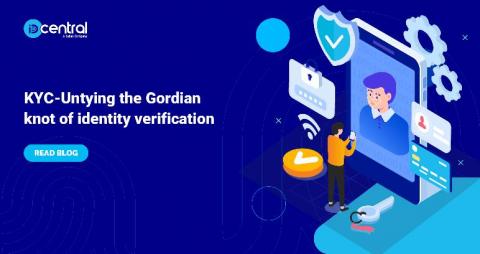Entry-Level Career Advice for Aspiring Cybersecurity Professionals
If the global cybercrime forecast took the form of a weather report, it might go something like this: The extended outlook calls for continued online lawlessness, scattered malware attacks and an ongoing blizzard of data breaches. After all, with experts predicting that the cybercrime epidemic will cost the world $6 trillion annually by 2021 as the shortage of qualified cybersecurity professionals climbs to 3.5 million unfilled positions, the metaphor of dark skies is hardly an exaggeration.








